The place where I came to the riverbank was not far from a river meander. Green covered the land around the river, and behind it, in the distance, was a line of blue mountains. Grass grows there along with various kinds of plants that are planted or grow wild. Various butterflies were seen here and there, flying and perching on the grass, leaves, flowers and also on the ground. I can photograph the two species between them.
(Ventral view of Acraea terpsicore, the tawny coster)
One is a small butterfly, and as you can see, it has rough wings. It is the tawny coster or Acraea terpsicore which is often found in pasture and shrub habitats. This species in the family Nymphalidae does not fly high, and its flight appears weak. Nevertheless, it is one of the most courageous butterflies, protected from predators by having a nauseous chemical. It looked even more cute because it was so relaxed, unhurried, when it was in the flower.
The second butterfly I shot is also a butterfly in the family Nymphalidae, known as the common buckeye or Junonia coenia.
I have often observed them fly and perch among the grass and low bushes. It's because they like open areas. One of the unique things about these butterflies is that they eat flowers with certain pollination cues, for example, such as yellow flowers that have not changed.
(Dorsal view dari Junonia coenia, the common buckeye)
Going down the lower bank of the river, in the direction of the river flowing, the sight of a vine creeping towards the river caught my eye. It looks like a maple leaf. The young leaves of the plant are dark red, the mature leaves are green, and the old leaves have their own beautiful color.
I continued walking towards the part of the river bank which is parallel to the river. The monitor lizards' footprints were clearly visible on the fine river sand, and it could be confirmed that they were the steps of a Monitor lizards going swimming into the river.
Standing there and after taking a few other pictures, I suddenly seemed to see the shadow of something scurrying back and forth over the ground. And at one point it seemed like it had stopped.
I looked carefully at the gravel surface of the ground. I got to that, which turned out to be an aggressive predatory beetle. It can run fast to catch and devour other insects. In prey chase, it has a unique chase pattern called stop-and-go. That's because when it runs so fast, it can't gather light to form a picture of its prey, so it has to pause and redirect itself before chasing after the prey (source). I am sure it is at that moment that it stops for a moment that I can take a picture of the beetle known as the tiger beetle. The tiger beetle has a polychromatic appearance, greenish-blue elytra (the protective wing-covers), with six large, yellowish-white spots plus two small spots on the shoulders. I think this is a sign that it is a golden-spotted tiger beetle with the scientific name as Cicindela aurulenta. This tiger beetle, it is said, was first described in Sumatra (this one in Aceh-Sumatra) but it is found in most of Southeast Asia. Cicindela aurulenta is found in a variety of sandy habitats, river bars, forest trails, dunes near shorelines. Interestingly, the tiger beetle is a species of bioindicator which is good for revealing the qualitative status of an environment.
(Cicindela aurulenta, the golden-spotted tiger beetle)
A few steps ahead after I found a tiger beetle, two water buffaloes were seen soaking in a mud hole. They are the domestic water buffalo (Bubalus bubalis).
The earrings on their nose indicate that they belong to someone. Obviously, water buffalo like to soak in water. It is said that river buffaloes like to soak in deep water and swamp buffaloes prefer mud holes. But for the two buffaloes in front of me, they always had both options. They have mud holes that they have matched with their horns, and they also have a river in front of them. One thing I want to also note here about these animals sometimes referred to as "the living tractor of the East" is that although they are domestic animals, they are also gutsy animals. As I approached to take their photo, one of them got up from the mud and came towards me as if it was trying to challenge, or maybe, it was bullying me, "What are you doing here?"😜😁
It looked almost like a statue because almost the entire body was covered in mud!
Leaving the water buffalo there, I took a few more steps to see that at the other end, the river had turned the other way, another meander, and that was the final session of my walk down to the river bank.
Thank you!

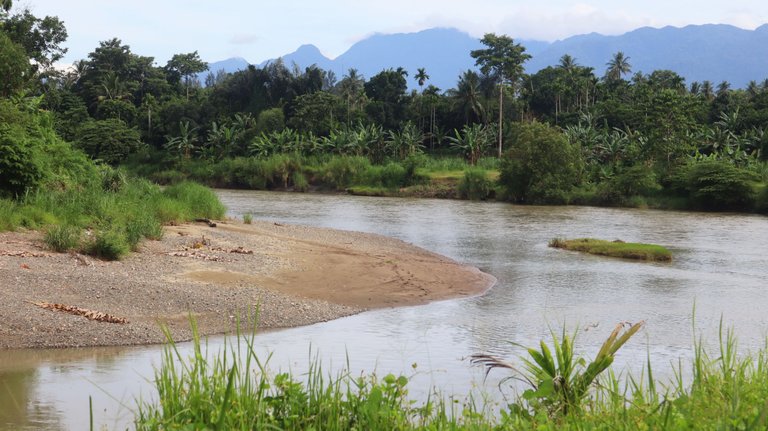
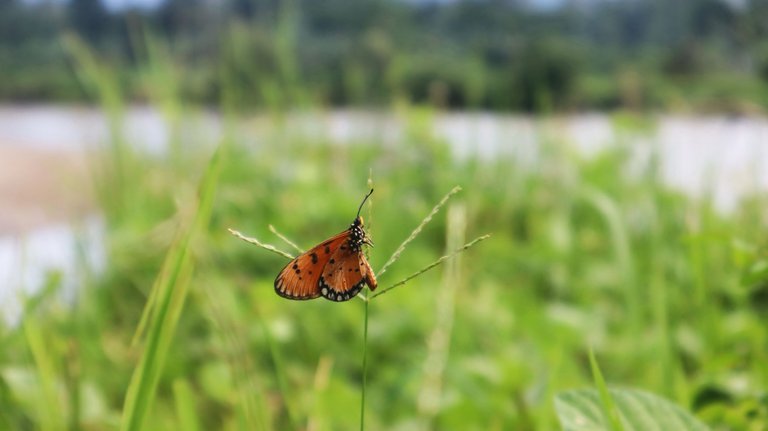
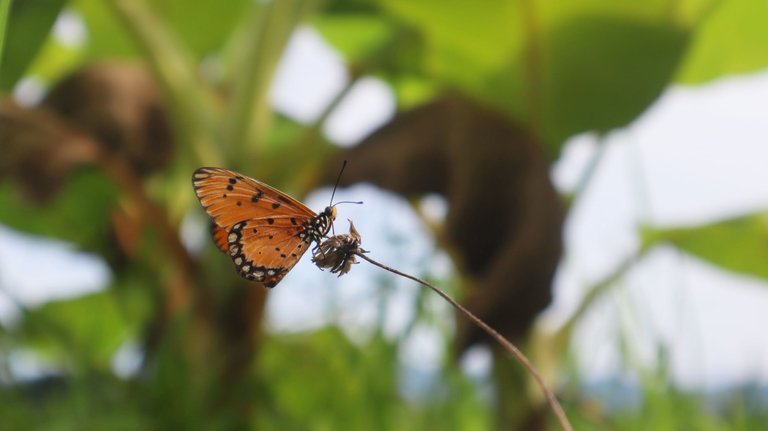
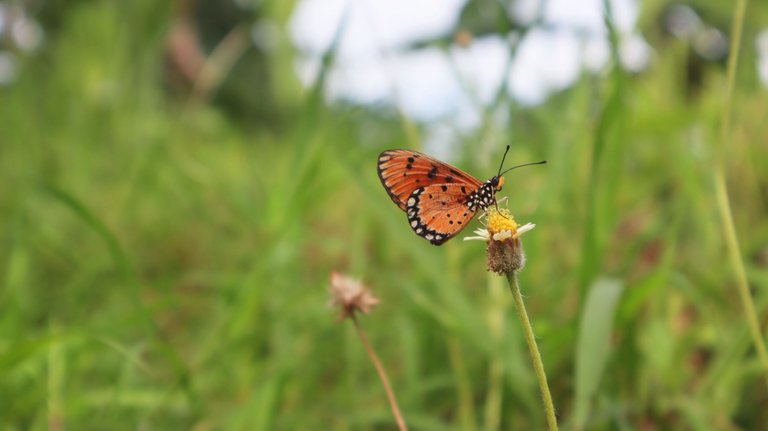

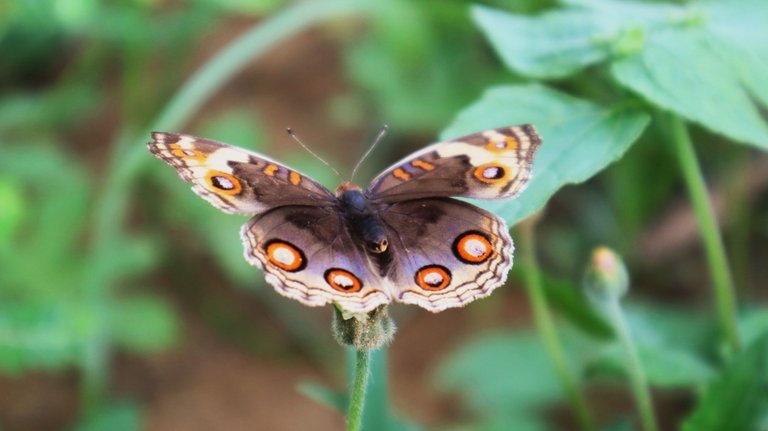
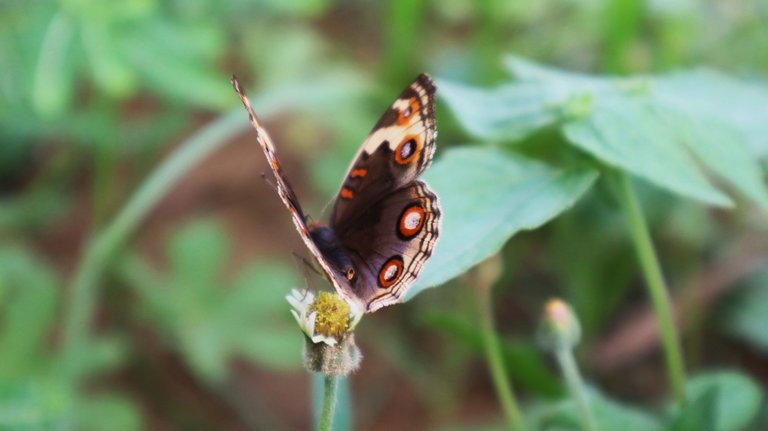
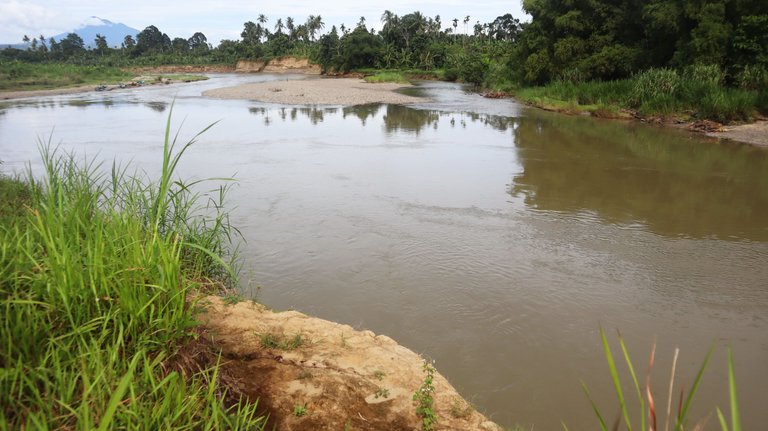

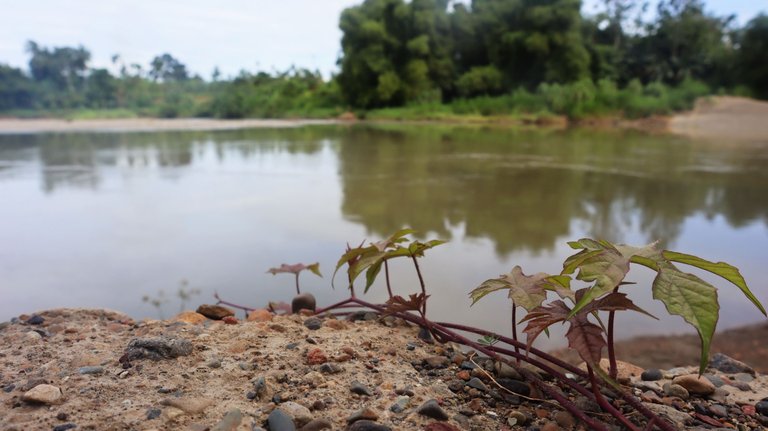
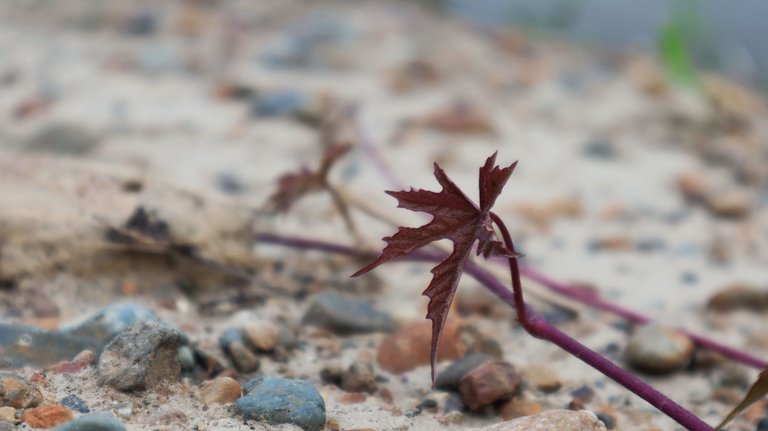
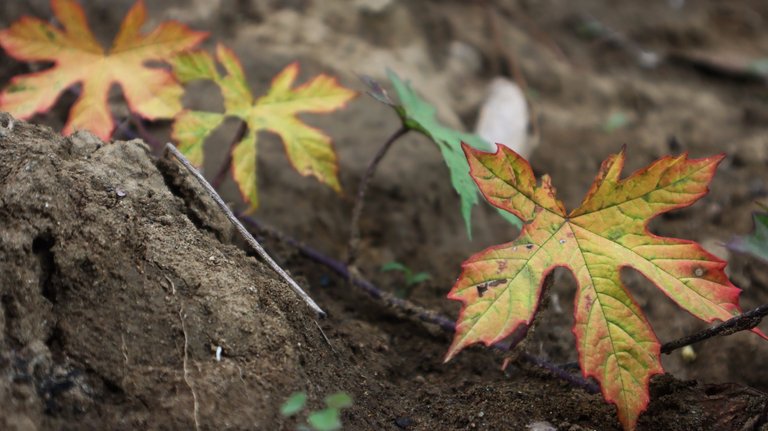
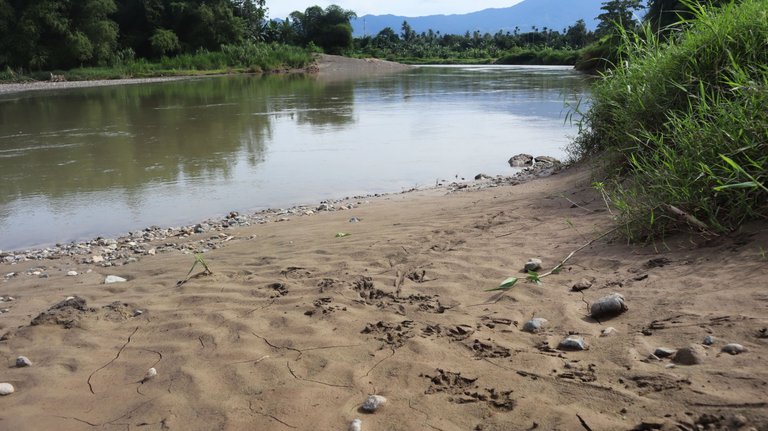
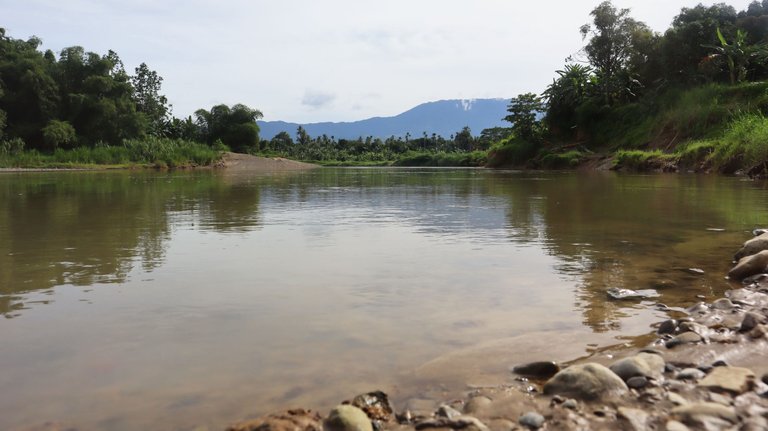


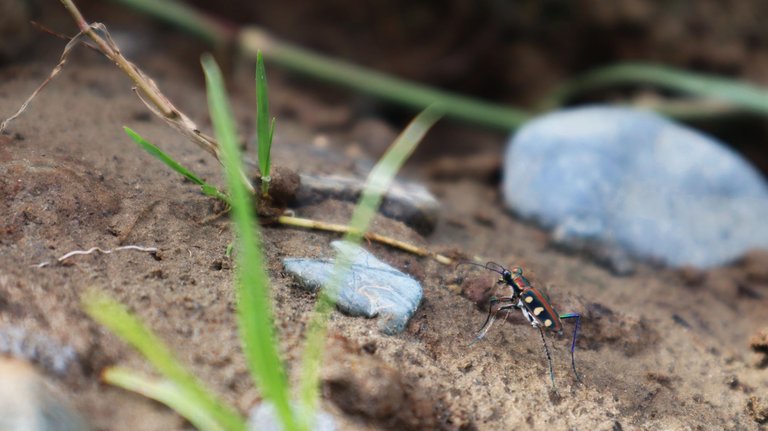

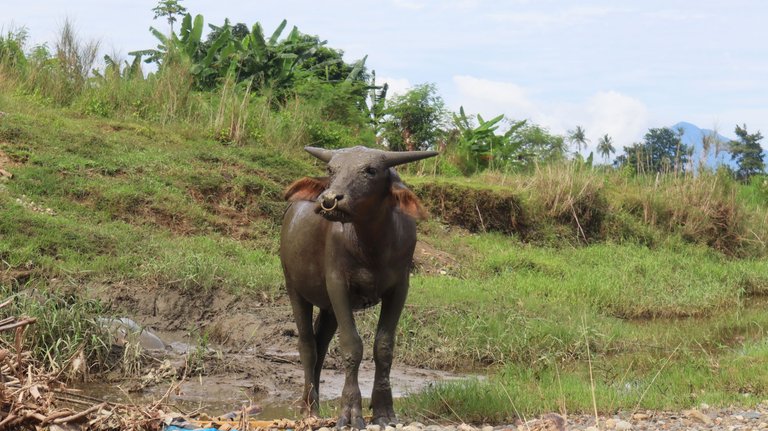
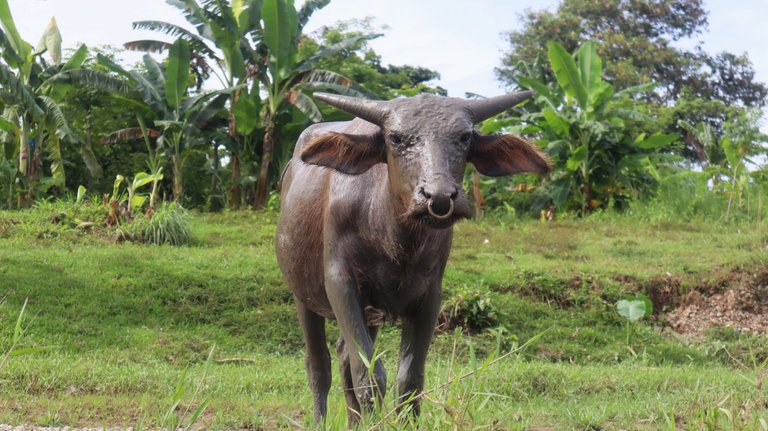
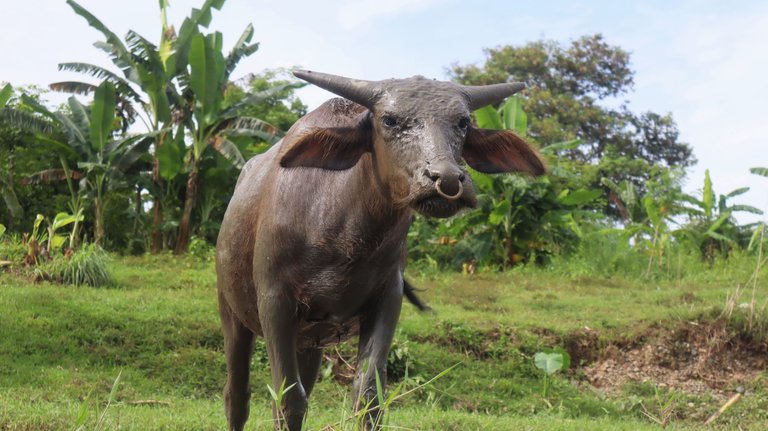
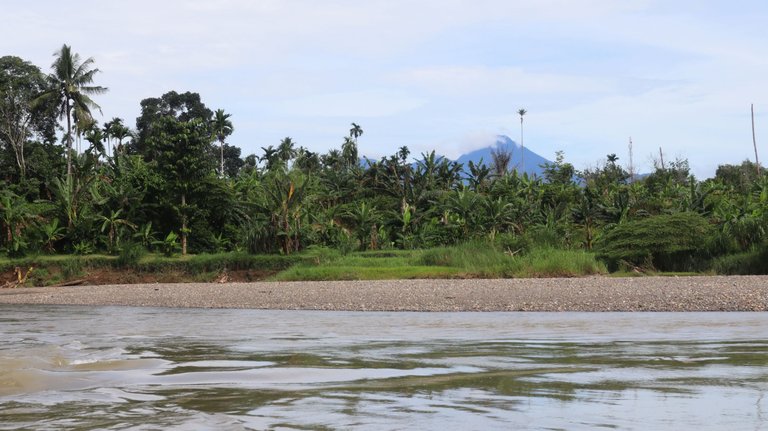
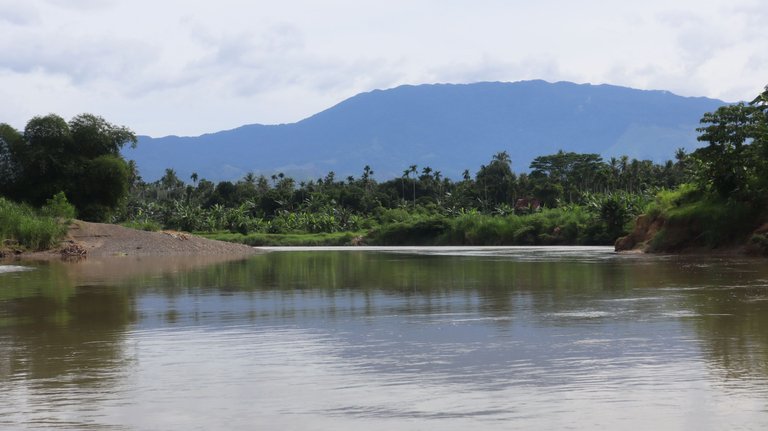
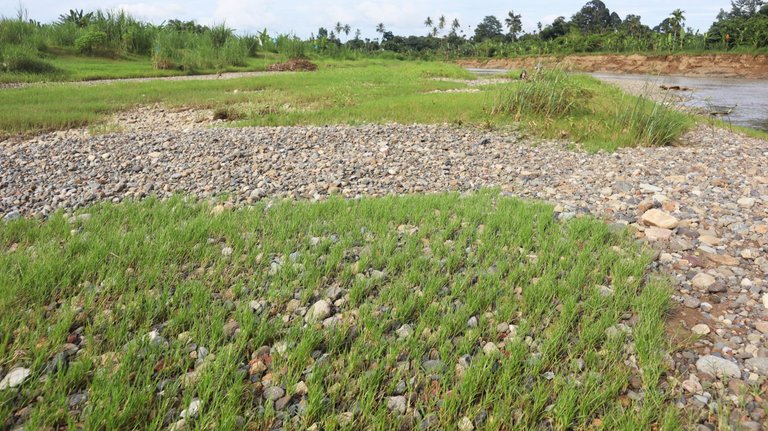
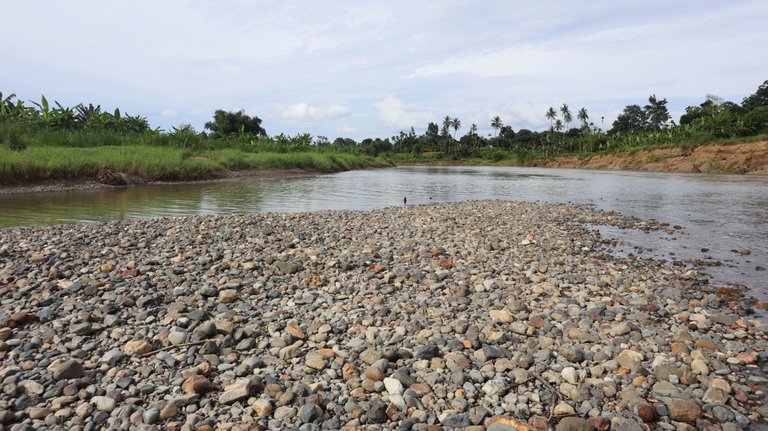
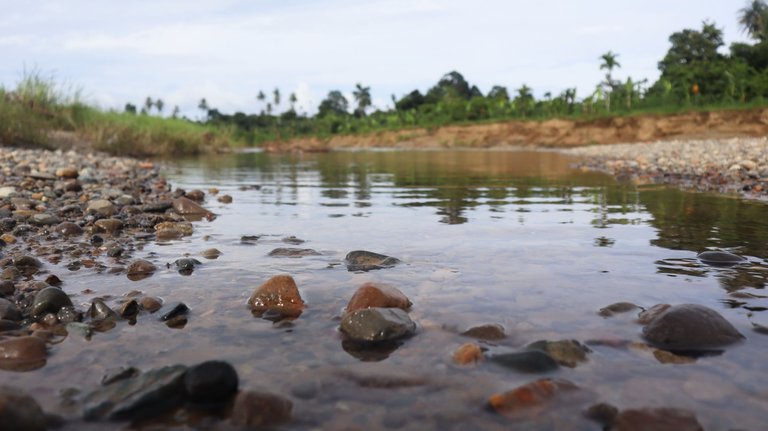
Congratulations @keuudeip! You have completed the following achievement on the Hive blockchain and have been rewarded with new badge(s) :
Your next target is to reach 40000 upvotes.
You can view your badges on your board and compare yourself to others in the Ranking
If you no longer want to receive notifications, reply to this comment with the word
STOPTo support your work, I also upvoted your post!
Check out the last post from @hivebuzz:
Support the HiveBuzz project. Vote for our proposal!